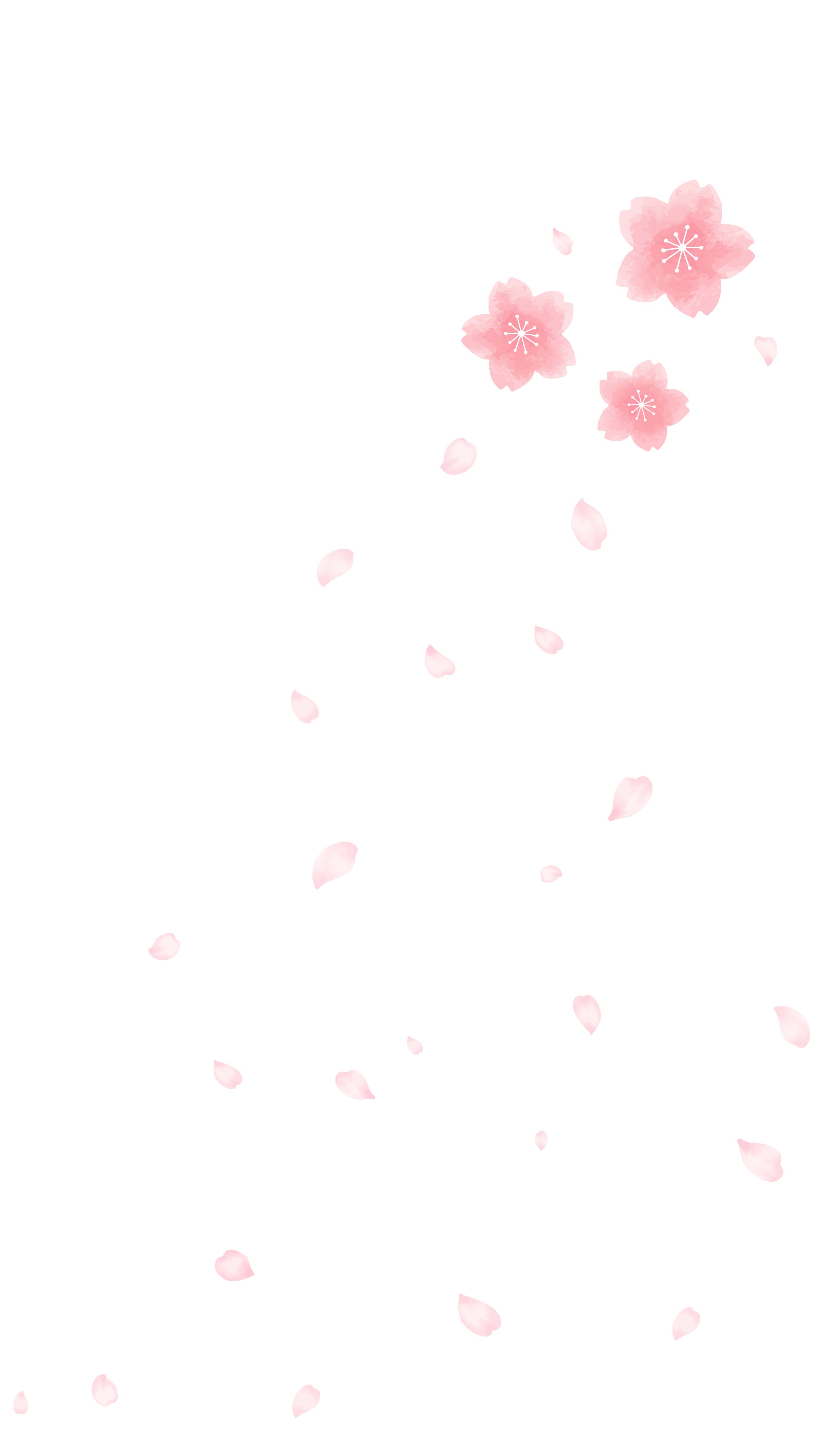Let us introduce Kenchin-jiru, one of Japan’s traditional soup dishes.
Kenchin-jiru is a soy sauce–based soup made by sautéing vegetables like daikon radish and carrots along with tofu in sesame oil, then simmering them in a light dashi broth.
Originally a part of shojin ryori (Buddhist vegetarian cuisine), this dish contains no meat or fish. It uses a plant-based broth made from kombu (kelp) and shiitake mushrooms.
What makes Kenchin-jiru special is its generous use of various vegetables and tofu. The tofu is gentle on the stomach, and the root vegetables are simmered until tender and full of flavor. This warming soup, rich in nutrients and savory depth from sesame oil, is especially comforting in colder seasons.
Try making it with whatever seasonal vegetables you have on hand—it’s a nourishing, satisfying soup that’s both hearty and wholesome.
Table of Contents
The Story Behind This Recipe

It is said that Kenchin-jiru originated from a dish called Kenchō-jiru, a type of shojin ryori (Buddhist vegetarian cuisine) prepared by the monks of Kenchō-ji Temple in Kamakura. Over time, the name evolved into Kenchin-jiru.
Today, Kenchin-jiru is enjoyed as a local specialty in many regions of Japan. One theory suggests that it spread throughout the country as monks who trained at Kenchō-ji were dispatched to temples nationwide.
Traditionally, the tofu in Kenchin-jiru is not cut with a knife but crumbled by hand. This practice is said to have originated from a story about the founding abbot of Kenchō-ji. When a monk accidentally dropped some tofu, the abbot gathered and washed it, then simmered it in soup with leftover vegetable scraps from other dishes—teaching the importance of avoiding waste.
Kenchin-jiru embodies values that resonate even today: it’s vegan-friendly and reflects a philosophy of minimizing food waste.
Ingredients (Serves 4)
- Daikon (Japanese white radish) – 3.5 oz / 100 g (cut into quarter rounds)
- Carrot – ⅓ piece (cut into quarter rounds)
- Shiitake mushrooms – 3 caps (thinly sliced)
- Negi (Long green onion) – 1 stalk (cut into chunks)
- Taro root – 2 to 3 pieces (cut into rounds)
- Abura-age (deep-fried tofu) – 1 sheet (cut into strips)
- Konnyaku (a chewy, jelly-like food made from konjac root) – ¼ block (thinly sliced)
- Firm tofu – 1 block (lightly patted dry with paper towel)
- Dashi stock – 28.2 oz / 800 g (made from kombu or dried shiitake)
Learn more about dashi here.
- Sesame oil – 1 tbsp
- Soy sauce – 1 tbsp
- Salt – to taste
Instructions
| 1 |
 |
Add the sesame oil to a pot, then add the daikon, carrot, shiitake mushrooms, green onion, taro, abura-age, and konnyaku. Sprinkle in a pinch of salt and sauté over medium heat until well coated. Tip Sautéing the ingredients thoroughly in sesame oil enhances their aroma and adds depth of flavor to the soup. |
| 2 |
 |
Once the vegetables are coated in oil and begin to soften, crumble the firm tofu by hand into the pot and gently stir. Tip Tearing the tofu by hand increases the surface area, allowing it to absorb more flavor. Lightly sautéing also removes excess moisture, making the tofu more flavorful and pleasantly toasty. |
| 3 |
 |
Pour in the dashi stock and simmer over low heat for about 10 minutes, or until the vegetables become tender. Tip Since Kenchin-jiru is traditionally a Buddhist vegetarian dish, it’s best to use kombu or dried shiitake dashi. However, if not available, bonito dashi, vegetable stock, or even plain water can be used. |
| 4 |
 | Season with soy sauce and additional salt to taste. Serve hot and garnish with chopped green onion if desired. |
Recipe Video: Watch How It’s Made
Top Spots in Japan We Recommend — Kenchō-ji 建長寺, Tenshin-an 点心庵

Kenchō-ji (建長寺)Temple, located in Kamakura, is known as the birthplace of Kenchin-jiru. It was founded by Hōjō Tokiyori (1227–1263), the fifth regent of the Kamakura shogunate, and is considered the first Zen temple established in Japan.
The temple is nestled in a lush, green setting, with several traditional buildings scattered across its spacious grounds. While there are highlights such as a Japanese garden and a ceiling painting of a dragon (Ryūun-zu 龍雲図), Kenchō-ji gives off a more solemn, meditative atmosphere—unlike the highly stylized gardens and art-filled temples often found in Kyoto. It is not an entertainment-driven tourist site, but rather a place that reflects the simplicity and seriousness of Zen.

If you’re interested in seeing a humble and authentic Zen temple in Japan, Kenchō-ji is a great choice. Despite its formality, the temple is welcoming to beginners. It offers zazen (seated meditation) sessions for the general public twice a week, and they occasionally hold “ZAZEN in English” sessions as well. If you’re curious about Zen or mindfulness, this is definitely worth checking out.
After your visit to the temple, consider stopping by Tenshin-an (点心庵), a small restaurant located just in front of the gate. There, you can enjoy a bowl of Kenchin-jiru prepared using the official recipe taught directly by the monks of Kenchō-ji.
Be aware that the restaurant tends to get quite crowded during lunchtime, with lines forming at peak hours—visiting a little earlier or later might be a good idea.
Kenchō-ji 建長寺
Google map
Japan National Tourism Organaization
Tenshin-an 点心庵
Google map
Official Website



